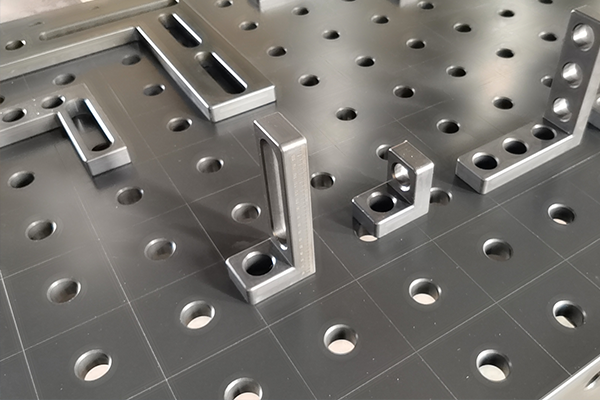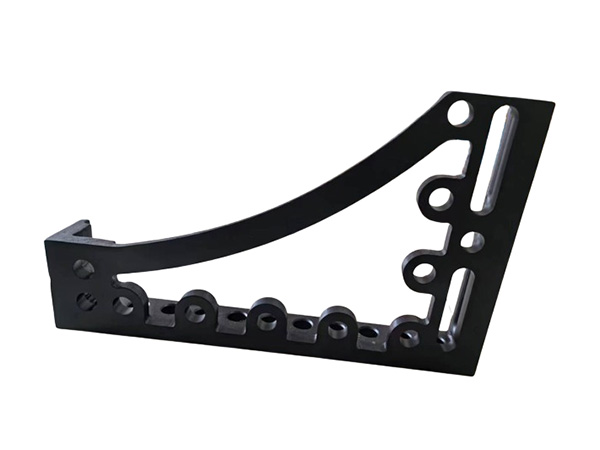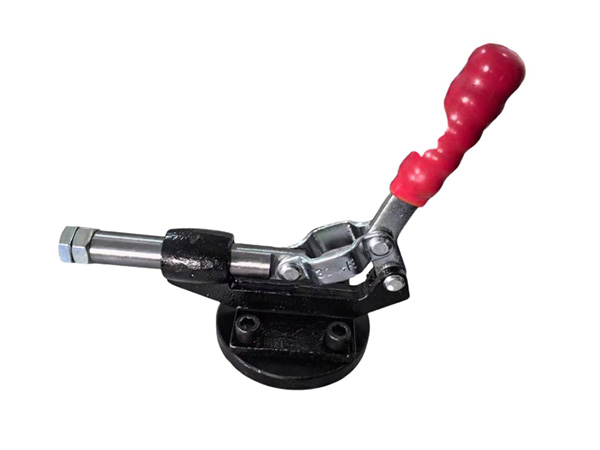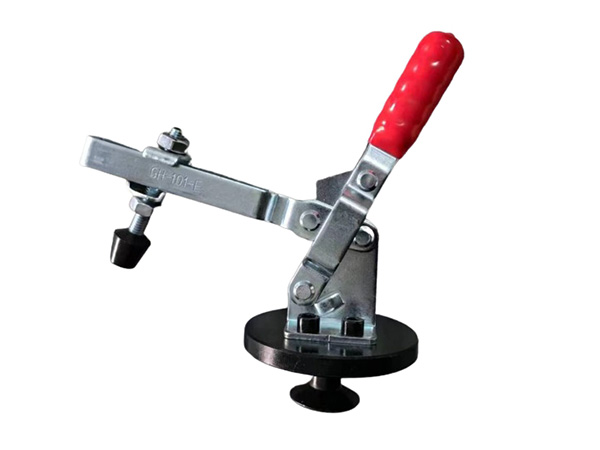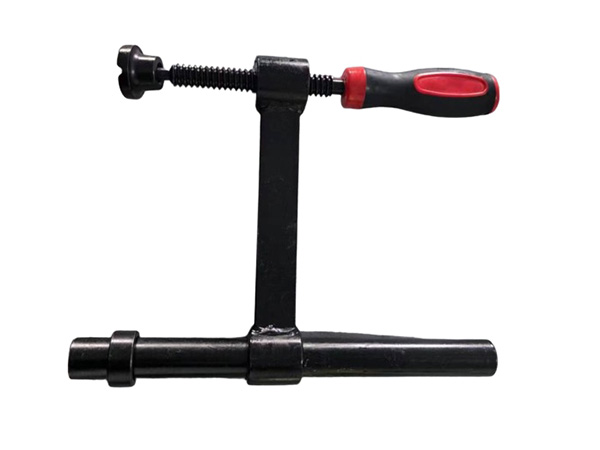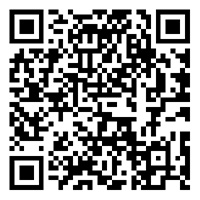- 网站导航 -
Address: Home > News > Technical documentation >
What characteristics should the control system of a three-dimensional flexible welding table have?
Time:2024-04-24 12:23:04 Author:Fadetong Clicks:159Second-rate
The number of auxiliary supports for the three-dimensional flexible welding table should be determined according to the size and usage of the welding table. However, the auxiliary support position during verification and use of the welding table should be the same as the design drawings, which determines the correct layout of the welding table support. During use, care should be taken to avoid excessive collision between the workpiece and the working surface of the welding table to prevent damage to the working surface of the welding table; the weight of the workpiece cannot exceed the rated load of the riveting and welding table, otherwise the work quality will be reduced, and possibly Damage to the structure of the welding table may even cause deformation of the welding table, making it damaged and unusable. The three-dimensional flexible welding table is a three-dimensional planar hole system clamping system, available in two series: D28 and D16. It is based on various forms of workbench and is equipped with standard structural modules of various shapes and specifications. They are connected to each other through positioning parts, connectors and locking pins. The workpieces that need to be welded and assembled on the workbench are equipped with belts. Compensated clamping with various manual clamps. According to needs, it can also be equipped with various forms of clamping methods such as hydraulic, pneumatic, and chain types. The combination clamp has the characteristics of economy, flexibility, interchangeability and repeatability.
The three-dimensional flexible welding table has high load-bearing capacity and stable rigidity. Its five sides are processed with regular holes and engraved with network cables. The welding table can be easily extended and expanded, combined. The extended standard table tops can be modularly positioned and clamped directly together. The universal functions of the flexible three-dimensional combined welding tooling system are demonstrated during the installation, adjustment and positioning of the workpiece, especially in the application of large workpieces.
The hole system characteristics and combination adjustments of the three-dimensional flexible welding table are as follows:
1. Three-dimensional: represents three directions. Generally, fixtures are longitudinal and transverse without vertical direction. The large surface of the platform has two directions, and the surrounding edges can be used for vertical installation to achieve a three-dimensional combination.
2. Combination: Because all accessories are prefabricated in advance, they can be arbitrarily combined and adjusted according to the needs of the product.
3. Hole system: The main feature of this set of fixtures is that from the platform to the accessories, there are standard holes without traditional threads or T-slots. With the quick-lock pin, assembly becomes more convenient and the positioning is accurate.
4. Flexibility: Because of the above functions, the entire set of equipment can be changed according to changes in products. One set of fixtures can meet the needs of several products or dozens of products, thereby speeding up the process of product research and trial production and saving a lot of time. human, material and financial resources.
Issues to note when designing a three-dimensional flexible welding table:
1. After welding, the workpiece cannot be taken out. This is also caused by shrinkage and deformation during welding, so the method of removing the mold must be reasonably arranged.
2. After welding, the size is wrong, because most shrinkage deformation occurs during welding, and a suitable margin needs to be left in the direction of shrinkage.
3. After welding, it is still very open and needs to be processed again. This is a lack of rigidity in the clamp design. The work clothes themselves have been deformed.
4. If you know that the deformation cannot be overcome by the tooling itself, you should consider using anti-deformation methods to arrange the shaping and positioning of the tooling fixture.

